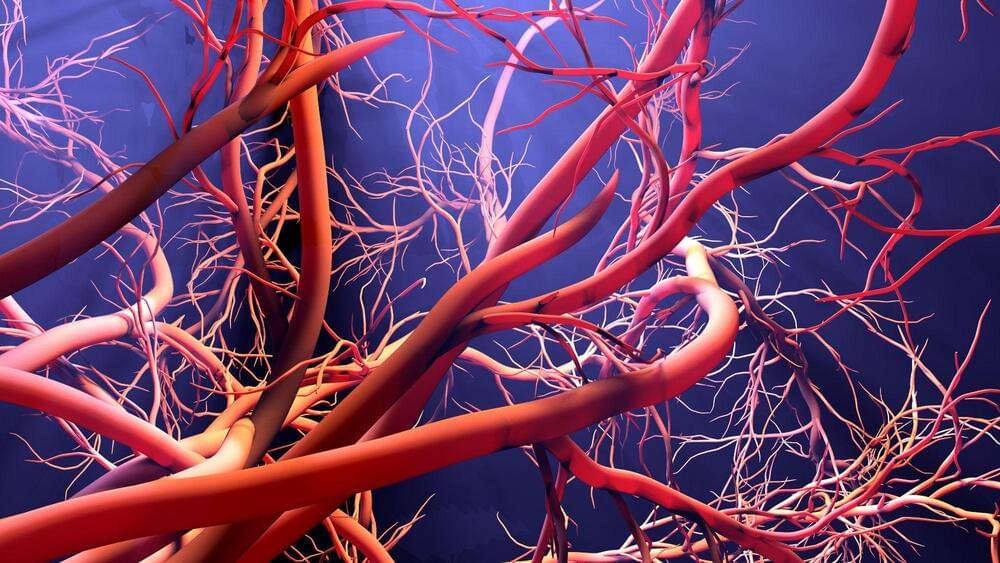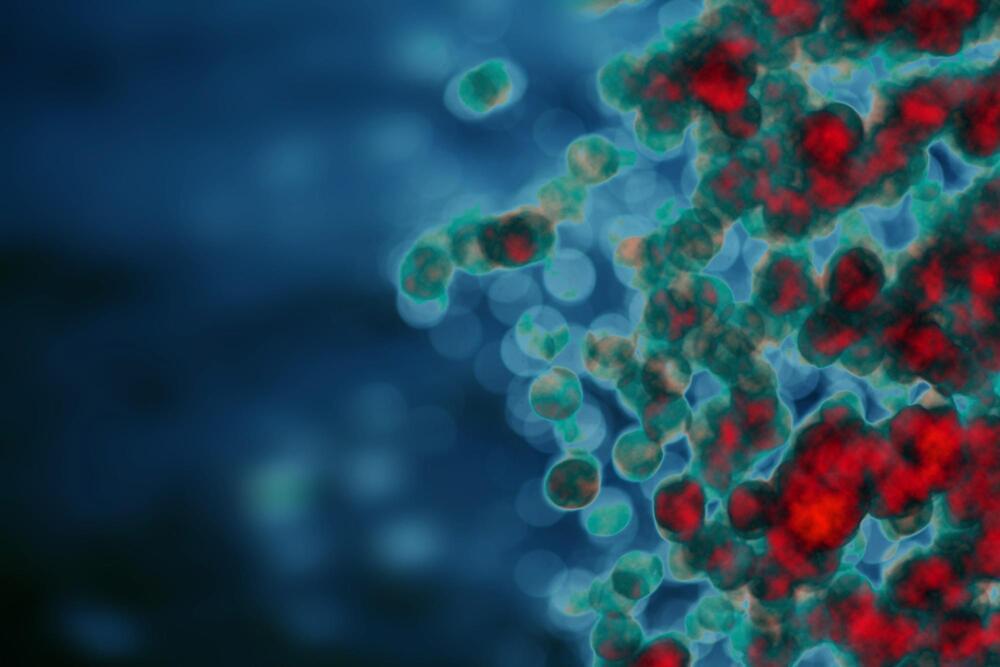Exploiting the promise of recent advances in imitation learning for mobile manipulation will require the collection of large numbers of human-guided demonstrations. This paper proposes an open-source design for an inexpensive, robust, and flexible mobile manipulator that can support arbitrary arms, enabling a wide range of real-world household mobile manipulation tasks. Crucially, our design uses powered casters to enable the mobile base to be fully holonomic, able to control all planar degrees of freedom independently and simultaneously. This feature makes the base more maneuverable and simplifies many mobile manipulation tasks, eliminating the kinematic constraints that create complex and time-consuming motions in nonholonomic bases. We equip our robot with an intuitive mobile phone teleoperation interface to enable easy data acquisition for imitation learning.
Get the latest international news and world events from around the world.
The Next Technological Revolution: What’s Coming?
Technology has shaped our civilization as it grew down the centuries, and since the industrial revolution, each new generation seems defined by some new technological revolution… So what will the next revolution be?
If you love card games, definitely check out Doomlings. Click here and use code ISAAC20 to get 20% off of your copy of Doomlings! https://bit.ly/IsaacDoomlings.
Visit our Website: http://www.isaacarthur.net.
Join Nebula: https://go.nebula.tv/isaacarthur.
Support us on Patreon: / isaacarthur.
Support us on Subscribestar: https://www.subscribestar.com/isaac-a…
Facebook Group: / 1583992725237264
Reddit: / isaacarthur.
Twitter: / isaac_a_arthur on Twitter and RT our future content.
SFIA Discord Server: / discord.
Credits:
The Next Technological Revolution.
Episode 460; August 15, 2024
Produced, Written \& Narrated by: Isaac Arthur.
Editor: Lukas Konecny.
Select imagery/video supplied by Getty Images.
Music Courtesy of Epidemic Sound http://epidemicsound.com/creator.
Stellardrone, \

Scientists Discover Key Protein That Could Reverse Vascular Aging
A recent study published in the journal Aging by Julia Michalkiewicz, Tung D. Nguyen, and Monica Y. Lee from the University of Illinois at Chicago College of Medicine underscores the essential role of the protein Nucleoporin93 (Nup93) in preserving blood vessel health during aging. The authors discuss emerging research that identifies Nup93 as a potential therapeutic target for preventing or mitigating aging-related conditions such as heart disease and stroke.
Cardiovascular diseases remain the leading causes of death worldwide, with aging identified as a major risk factor. Vascular health declines as endothelial cells (EC)—the protective lining of blood vessels—lose their functionality with age. This deterioration leads to inflammation, arterial stiffening, and reduced blood flow, significantly increasing the risk of life-threatening diseases. The authors underscore the urgent need to uncover the molecular mechanisms driving these changes.

Physicists uncover strong light-matter interactions in quantum spin liquids
Physicists have long theorized the existence of a unique state of matter known as a quantum spin liquid. In this state, magnetic particles do not settle into an orderly pattern, even at absolute zero temperature. Instead, they remain in a constantly fluctuating, entangled state.
This unusual behavior is governed by complex quantum rules, leading to emergent properties that resemble fundamental aspects of our universe, such as the interactions of light and matter. Despite its intriguing implications, experimentally proving the existence of quantum spin liquids and exploring their distinctive properties has been extremely challenging.
In a paper recently published in Nature Physics, an international group of researchers comprised of an experimental team from Switzerland and France and theoretical physicists in Canada and the U.S., including Rice University, have found evidence of this enigmatic quantum spin liquid in a material known as pyrochlore cerium stannate.




Chimps use medicinal plants to treat illnesses, may help find new drugs
The instrument uses light to move atoms to measure incredibly small forces.
A new study finds that chimpanzees’ self-medication has helped scientists identify some promising plants for future pharmaceuticals. In the study, Oxford researchers have identified no less than 13 plants with potent wound-healing and infection-fighting properties.
The researchers made this astounding discovery thanks to the help of wild chimpanzees. By observing them in the wild, the team found that chimps tend to eat bark, dead wood, and leaves that are not part of their diet when sick or injured.
AI tool amplifies signals by 1,000 times to boost dark matter research
The instrument uses light to move atoms to measure incredibly small forces.
A self-correcting atom interferometer amplifies signals, aiding detection of ultra-weak forces from dark matter, dark energy, and waves.